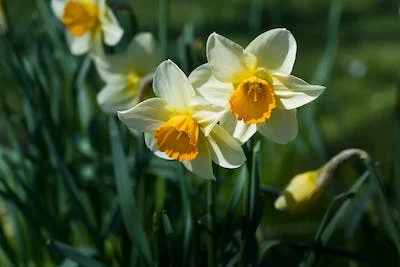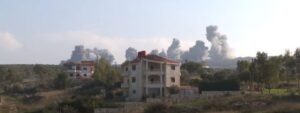Shocking Secret Revealed: Antarctica’s Explosive Flower Boom – What’s Really Happening on the Icy Continent Will Leave You Speechless!

Flowers are beginning to flourish in Antarctica, and experts are sounding the alarm about the implications of this unexpected development.
Antarctica, known for its icy and desolate landscapes, is typically home to just two species of flowering plants: Antarctic hair grass and Antarctic pearlwort. With its vast ice-covered expanses, there has historically been limited room for plant growth—no towering trees or lush shrubs. The plant life has been confined to regions like the South Orkney Islands, the South Shetland Islands, and the western Antarctic Peninsula.
However, as the planet experiences rising temperatures and the ice in Antarctica steadily recedes, researchers have made a startling discovery: the plants on this frozen continent are growing at an accelerated pace.
Nicoletta Cannone and her team from the University of Insubria in Italy conducted a comprehensive study, measuring the growth of Antarctica’s two native plant species on Signy Island, part of the South Orkney Islands, spanning from 2009 to 2019. When comparing their findings to data from the preceding 50 years, they observed not only a denser population of these plants but also significantly faster annual growth rates, a phenomenon attributed to the warming climate.
The results were astounding. The Antarctic hair grass, for instance, exhibited as much growth between 2009 and 2019 as it had over the entire half-century from 1960 to 2009. Meanwhile, the Antarctic pearlwort grew at an even more remarkable rate, expanding fivefold during the same periods.
The accelerated growth of these two flowering plants in Antarctica is primarily driven by climate change, specifically the warming climate. Normally, Antarctica remains an inhospitably cold environment year-round, with only a select few resilient plants managing to thrive in these harsh conditions.
Researchers have been monitoring these plants on Signy Island, which is part of the frigid continent. Some plants experienced tenfold growth acceleration from 2009 to 2019 when compared to the years from the 1960s to 2009. In the case of the other species, their growth rate surged fivefold, according to a report by New Scientist.
While other factors, such as fur seals trampling the plants, may play a role in this accelerated growth, the primary driver appears to be the ongoing warming of the climate. It seems as though these plants are already capitalizing on the milder conditions.
This development is a source of concern because the rapid growth of these plants could potentially outcompete the mosses and lichens that constitute the primary vegetation in Antarctica. Furthermore, the warming conditions may create an opportunity for non-native plants to establish themselves in this delicate Antarctic ecosystem, posing a threat to its unique biodiversity.




